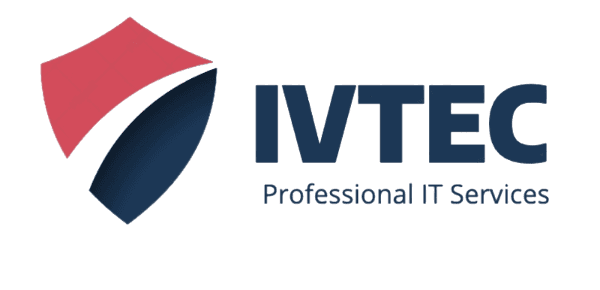
Security Audit
An IT security audit service involves a comprehensive assessment of an organization’s IT infrastructure, systems, policies, and practices to identify vulnerabilities, assess risks, and ensure compliance with security standards and regulations. Here’s a detailed description:
Scope and Objectives:
The audit scope is defined based on the organization’s size, industry, regulatory requirements, and specific security concerns. The primary objectives include identifying potential security weaknesses, evaluating the effectiveness of existing security measures, and recommending improvements to enhance overall security posture.
Risk Assessment:
The audit starts with a thorough risk assessment, including identifying potential threats, vulnerabilities, and their potential impact on business operations, data confidentiality, integrity, and availability. This assessment helps prioritize security measures based on risk severity.
Technical Evaluation:
IT security auditors conduct technical evaluations of network infrastructure, servers, endpoints, databases, and applications. This includes examining configurations, access controls, encryption practices, patch management, antivirus software, intrusion detection systems, and firewall rules.
Policy and Procedure Review:
Auditors review security policies, procedures, guidelines, and documentation to ensure alignment with industry best practices, regulatory requirements (such as GDPR, HIPAA, PCI DSS), and internal security standards. This includes assessing user access controls, data handling processes, incident response plans, and disaster recovery procedures.
Compliance Assessment:
The audit evaluates the organization’s compliance with relevant laws, regulations, and standards, ensuring that security measures meet legal and industry requirements. Non-compliance issues are identified, and recommendations are provided to address gaps and achieve compliance.
Security Awareness Training:
Auditors assess the effectiveness of security awareness training programs for employees, contractors, and third-party vendors. They may also conduct phishing simulations to test employees’ response to social engineering attacks and identify areas for improvement.
Report and Recommendations:
At the end of the audit, a detailed report is generated, highlighting findings, vulnerabilities, compliance status, and recommendations for improving security controls. These recommendations may include technical solutions, policy revisions, training initiatives, and strategic investments to strengthen the organization’s security posture.
Follow-Up and Continuous Improvement:
IT security audit services often include follow-up assessments to track progress on implementing recommendations and measure the effectiveness of security improvements. Continuous monitoring, testing, and updates are recommended to adapt to evolving security threats and technology changes.
Overall, IT security audit services play a crucial role in helping organizations proactively identify and address security risks, enhance cybersecurity defenses, protect sensitive data, and build trust with stakeholders.
- Experienced Professionals: Our team comprises skilled IT security auditors with extensive experience in assessing complex IT infrastructures and identifying security vulnerabilities.
- Comprehensive Assessments: We conduct thorough and detailed security audits, covering all aspects of your IT environment, including networks, systems, applications, policies, and procedures.
- Compliance Expertise: We have in-depth knowledge of regulatory requirements and industry standards, ensuring that your organization remains compliant with relevant laws and regulations.
- Customized Approach: We tailor our audit services to meet your specific needs, taking into account your industry, size, security concerns, and compliance requirements.
- Risk Mitigation: We identify potential security risks and vulnerabilities, prioritize them based on their impact and likelihood, and provide actionable recommendations to mitigate these risks effectively.
- Strategic Recommendations: Our audit reports include strategic recommendations for improving security controls, enhancing policies and procedures, implementing technical solutions, and enhancing security awareness training.
- Continuous Support: We offer ongoing support and guidance, helping you implement recommended security measures, track progress, and continuously improve your security posture.
- Transparent Communication: We believe in open and transparent communication throughout the audit process, keeping you informed of findings, recommendations, and progress updates.
- Trusted Partner: We are a trusted partner for organizations seeking to strengthen their cybersecurity defenses, protect sensitive data, and demonstrate a commitment to security best practices.
- Proven Track Record: Our track record of successful security audits and satisfied clients demonstrates our expertise, reliability, and commitment to delivering high-quality audit services.
